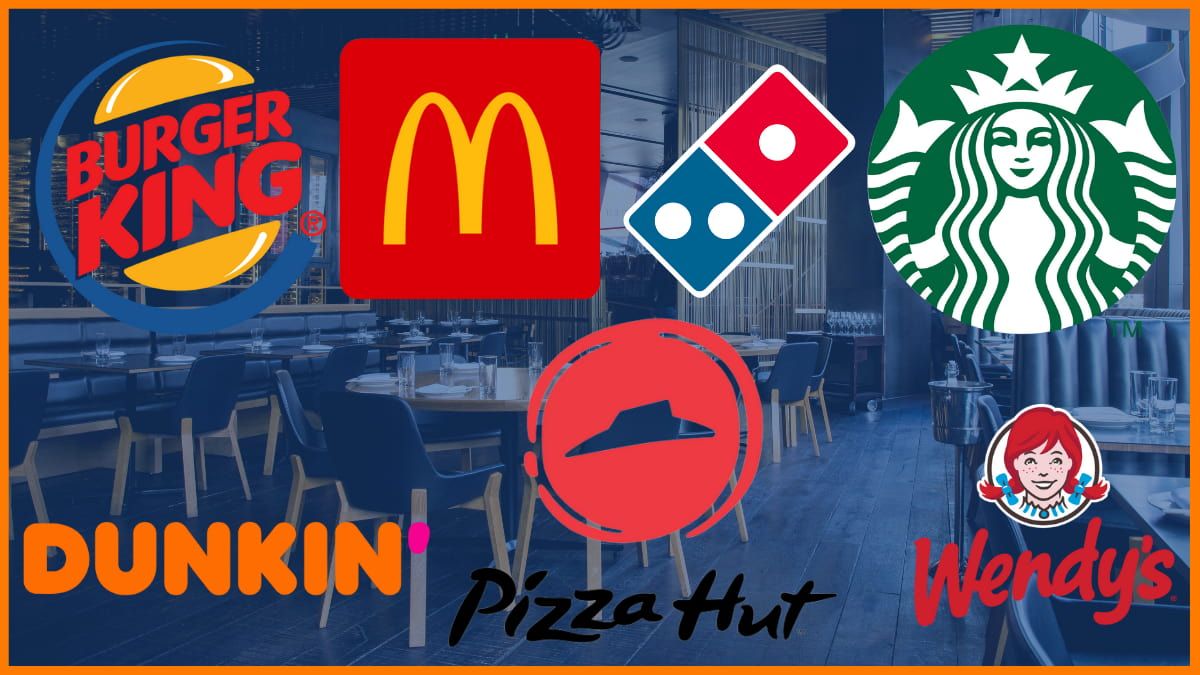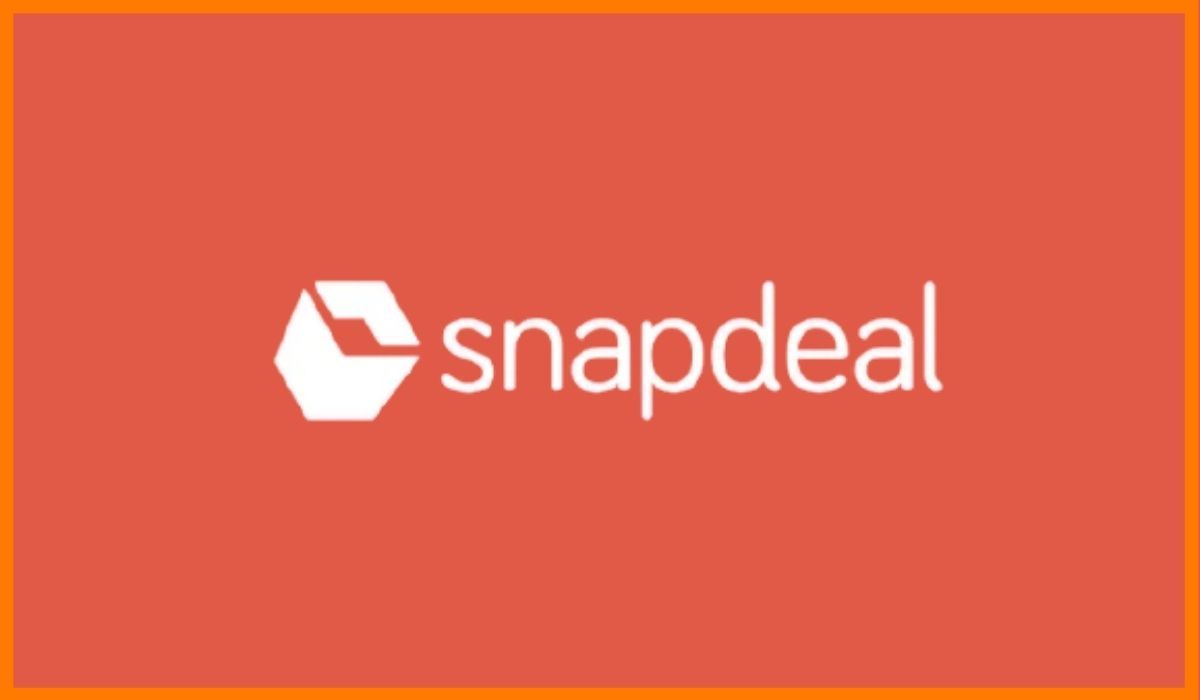Archaeological evidence from the era of 2000 BCE shows the beginning of the banking system with the first prototype that engaged in giving grain loans to farmers and traders. It also proves that money-lending was also an activity carried out in India and China as well. The historical roots of modern banking can be traced to medieval and renaissance Italy.
Function of Banks
A Short History
The Impact of Nationalization
Liberalization – 1991 Till Date
Evolution of the Banking Model – A comparison
The Risks Attached
What Does The Future Hold
Function of Banks
“Banking is defined as the business activity of accepting and safeguarding money owned by other individuals and entities, and then lending out this money in order to conduct economic activities such as making a profit or simply covering operating expenses.”
The primary role of a bank is to take in money, called deposits, pool them, and lend them to those who need funds. In essence, banks are intermediaries between depositors and borrowers.
A Short History
At the time, India won independence, and the major banks of the country were privately run. This created a potential problem as people from rural areas were dependent on money lenders for financial assistance.
With an aim to resolve this issue, the government decided to nationalize these banks. Between 1969 and 1991, twenty banks, whose national deposits were more than Rs. 50 crores, were nationalized. The banks that were nationalized include the Bank of Baroda, Bank of India, Central Bank of India, Punjab National Bank, Oriental Bank of Commerce, UCO Bank, Union Bank of India, and many others. Also, the State Bank of India was formed in 1955.
The Impact of Nationalization
There were many other reasons and considerations behind the government’s decision to nationalize banks.
- It led to an increase in funds and helped raise the economy of the country.
- It increased the efficiency of the banks.
- It helped boost the rural and agricultural sectors of the country.
- It helped boost employment.
- The profit of the banks was used by the government for the betterment of the citizens.
- Competition decreased leading to increased efficiency.
Liberalization – 1991 Till Date
This was one of the biggest developments in the Banking sector. RBI gave licenses to 10 private sector banks to establish themselves in the country. These include ICICI Bank, HDFC Bank, Axis Bank, and IDBI Bank.
This introduced a new era of the Banking model. As technology advanced so did the banking model evolve.
Evolution of the Banking Model – A comparison

Until the 1990s, the banking sector in India had adopted the traditional means of banking and maintaining records manually. However, with the financial reforms since 1993, the Indian banking sector had to accept computerization in order to cope with the increasing overload and incompatibility of the manual system to sustain further growth.
In 1993, the employees’ association of the Indian banks (IBA) contracted an agreement with the bank manager about the introduction of computerized applications in banks. This agreement was the major breakthrough in the introduction of computerized applications and the development of communication networks in banks.
Once the technology was introduced into the banking sector, it saw unprecedented growth and advancement. Traditional means of banking were rapidly replaced by e-banking options –
ATMs (Automated Teller Machines)
Automated Teller Machines (ATMs) or 24-hour Tellers are electronic terminals that allow banking activities almost anytime. To withdraw cash, make deposits, or transfer funds between accounts, an ATM card / Debit card is utilized. It offers a host of functions –
- Cash Withdrawals
- Balance inquiry
- Mini Statements for accounts
- Cheque or Cash Deposit facility
- Funds Transfer
- Payments
Telephone Banking
Telephone banking is a service provided by a bank or a financial institution, enabling customers to perform various financial transactions without the need to visit a bank branch or ATM. These transactions do not involve cash or financial instruments such as cheques. Banks have upgraded their phone banking services enabling customers to avail of a whole host of services with the help of a Voice Response System (VRS)
- Check account balance and statement information.
- Transfer funds between accounts.
- Payment of bills like utility, credit cards, mobile, etc.
- Request cheque book or account statements.
- Demand Draft request.
Mobile Banking
Mobile Banking refers to the provision and availability of banking and financial services with the help of mobile telecommunication devices. Mobile banking facility is offered by most major banks in India. This has made banking transactions easy and hassle-free. Customers can use mobile banking to view their account balance, make instant fund transfers and pay bills, etc. There are various types of mobile banking services i.e., SMS, USSD, and mobile apps. Some of the banks have incorporated services like loan approval and linking of insurance policy in their mobile banking apps.
- Access to Account Information.
- e-statement of account.
- Loan statements.
- Card statements.
- Third-Party Money Transfers.
- Payments via NEFT/IMPS/RETG/UPI/MMID.
- Investments in various financial tools.
- Opening fixed deposit/recurring deposits.
- Portfolio management services.
Online Banking
Also known as Internet banking or web banking allows a user to conduct financial transactions via the Internet. It offers customers almost every service traditionally available through a local branch including deposits, transfers, and online bill payments. The most prominent advantages of online banking are:
- 24/7 access and account service.
- Speed and efficiency.
- Online bill payments.
- Cost-effective for banks.
Other services
The nature of banking services has evolved in the last 5 decades. Banks have also expanded their services to include various other peripheral services apart from traditional banking services.
– Investment Options:
Banks offer their own investment plans with a SIP option or one-time investment options which are, typically, stock market-related options.
– Insurance Options:
Banks have added a whole host of insurance options that they offer. Some options they offer are car insurance, house insurance, travel insurance, unit-linked life insurance policies, etc.
The Risks Attached
With advancements also come risks. The digitization of banks carries the same risks associated with the online internet world. There are security threats, privacy invasions, virus attacks, phishing scams, technological issues, money laundering risks, and many others.
Of course, there are actions that can be taken by both the customer and the bank itself to minimize the threats but they can never be completely eliminated. Banks, in particular, must adopt a robust security plan and keep it upgraded at all times to protect the confidentiality of data.
What Does The Future Hold
The mobile and the wireless market has been one of the fastest-growing markets in the world. The arrival of technology and the escalating use of mobile and smartphone devices have given the banking industry a new platform. Connecting a customer anytime and anywhere to their money and needs is a must-have service that has become an unstoppable necessity. This worldwide communication is leading a new generation of solid banking relationships.
At the pace at which technology is evolving, there is no way to know how the banking system will further evolve. The only certainty is that it will become more accessible and friendlier. It will grow to encompass other options and services for the benefit of its customers.
FAQs
What are the recent changes in the banking system?
A recent change in the banking sector is the emergence of e-banking, which is crucial in offering better services to clients.
What is the difference between traditional and modern banking?
Traditional banking requires you to go to a physical bank branch in order to access your account. However modern banking, allows you to conduct transactions from anywhere with an internet connection.
What was the aim behind the nationalization of banks?
The aim was to encourage businesses in order to serve better the needs of the country’s economy.
Which was the first nationalized bank?
The first bank in India to be nationalized was the Reserve Bank of India.



























